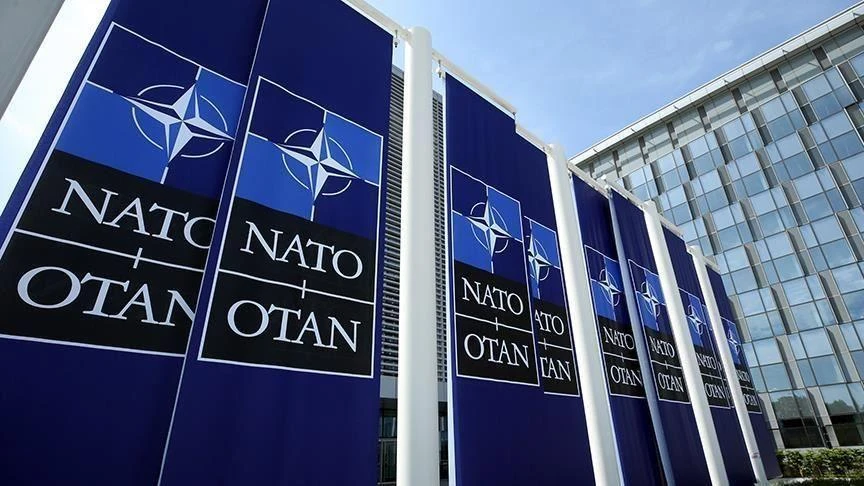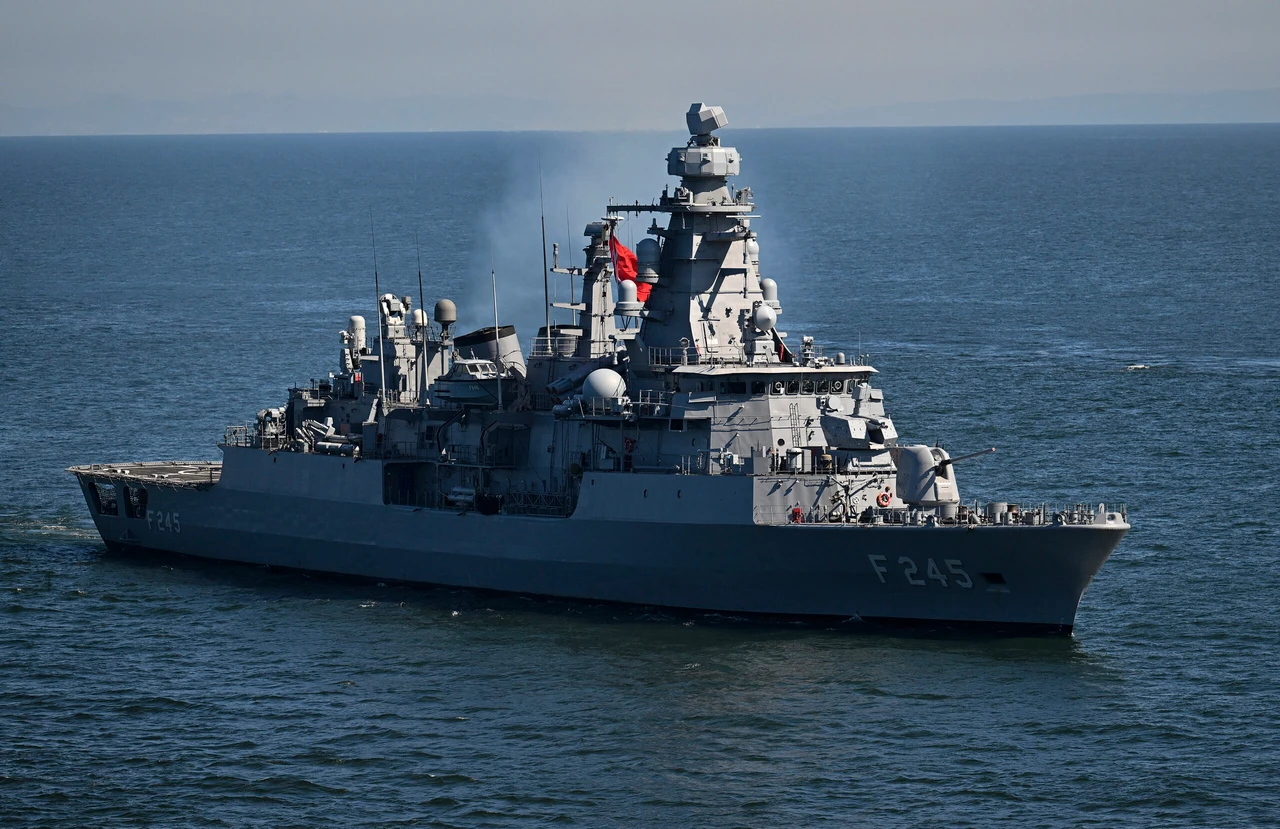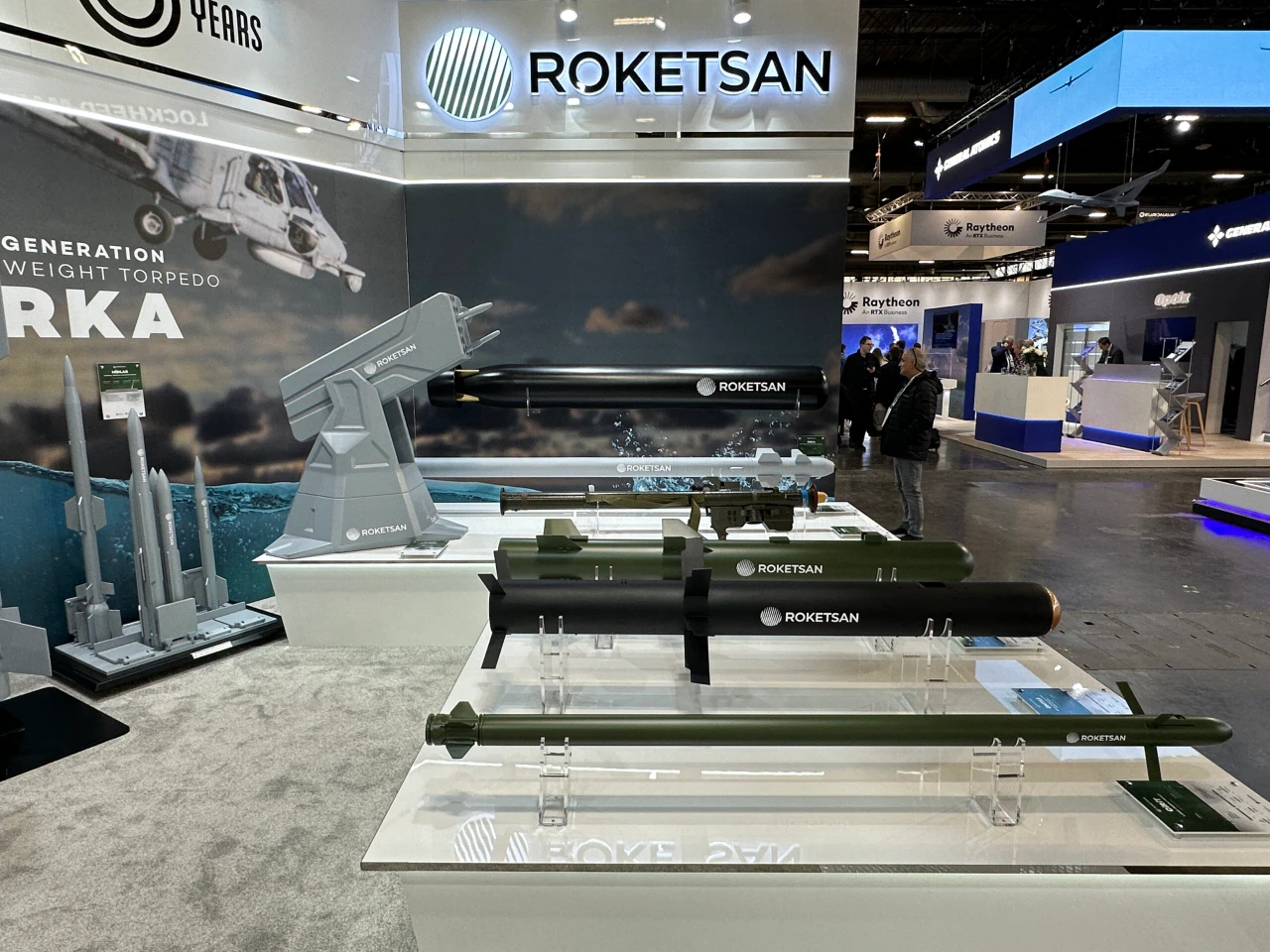NATO’s air defense concerns in Europe sparks urgent calls

According to NATO’s internal calculations, Europe lacks a significant portion of the air defense capabilities required to safeguard its eastern flank, revealing the extent of the continent’s vulnerabilities, Financial Times reported Thursday.
The conflict between Russia and Ukraine has highlighted the significance of air defense, prompting Kyiv to request additional systems and rockets from Western countries to safeguard its cities, troops and energy grid from frequent bombing attacks.
However, individuals knowledgeable about classified defense strategies formulated in the previous year revealed that NATO member states can supply less than 5% of the required air defense capabilities to safeguard its members in central and eastern Europe from a comprehensive assault.
According to a senior NATO diplomat, the capacity to protect against missile attacks and air strikes is a crucial component of the strategy to safeguard eastern Europe from invasion. However, this capability is lacking at present.
Foreign ministers from NATO member countries will convene in Prague on Thursday for a two-day meeting focused on preparing for an upcoming summit of the alliance’s leaders in Washington in July. The primary objective of the talks will be to discuss strategies for strengthening European defense.
Several European leaders and military officials have expressed the belief that Russia may possess the capacity to launch an attack on a member state of NATO before the end of the current decade.
Last year, the U.K. government’s central defense review described protection against attacks from the sky as “the most serious problem faced in over 30 years.”
The urgency to increase defense spending comes as Russia intensively uses missiles, drones, and high-explosive “loitering munitions” in Ukraine, highlighting the need for NATO members to increase defense expenditures after decades of military budget cuts.
In recent months, NATO countries in Europe’s failure to provide additional air defense equipment to Ukraine underscores the limited stocks and slow production of these expensive and time-consuming systems on the continent.
This situation has prompted a series of overlapping initiatives to find long-term solutions. Last year, a dozen European Union countries, Germany, the U.S., and Israel launched the Sky Shield initiative to develop a joint air defense system using their own technology.
Last week, Poland and Greece called on the European Commission to support the development and potential financing of a pan-European air defense system. Commission President Ursula von der Leyen expressed support for this proposal.
In February 2022, following Russia’s extensive invasion of Ukraine, the U.S. deployed a Patriot battery air defense system to protect a key airport in southern Poland, which has become a hub for Western arms shipments to Kyiv.
However, officials acknowledge that NATO members have a limited number of such systems and a minimal capacity to deploy them beyond their regions.
The full integration of various air defense systems in Europe could help compensate for this deficiency by creating an extensive sensor and prevention network across the continent.



